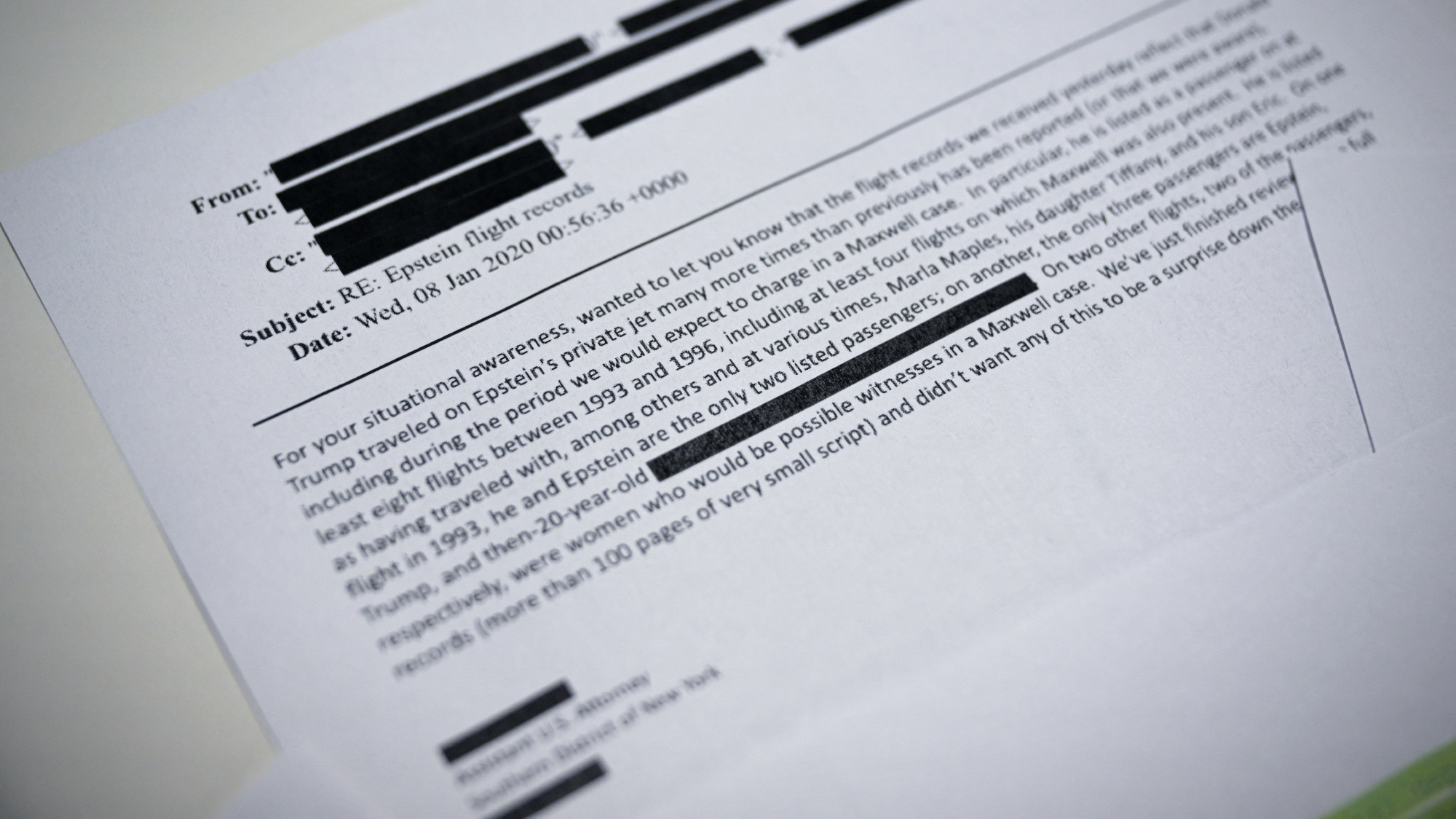Portraits of an Age: Photography in Germany and Austria, 1900–1938
Lotte Jacobi, Josef Albers, Laszlo Moholy-Nagy, and August Sander, among others, captured the glitterati and the ordinary folk alike in the relatively new medium.
Germany and Austria at the beginning of last century represented Europe's achievements and its failures. The countries attained the heights of bourgeois opulence and then threw themselves into a warring continent's depths. The German and Austrian photographic portraits collected in this ambitious exhibition come together like a 'œglamorous gala attended by beauties, uglies, writers, thinkers, artists, loners,' said Grace Glueck in The New York Times. Lotte Jacobi, Josef Albers, Laszlo Moholy-Nagy, and August Sander, among others, captured the glitterati and the ordinary folk alike in the relatively new medium. Over four decades, the changes in both photographic technique and the self-perception of the subjects become clear. The portraits shift from stiff studio shots to innovative modernist artworks.
Looking at these faces is like 'œfalling down a rabbit hole,' said Ariella Budick in Newsday. They transport viewers to another time and place in an 'œodd mix of intimacy and revelation.' Many of the portraits are of other artists or are self-portraits. Artists are proficient myth-makers, so it's tough to say whether their images of each other truly represent the ideals of an age. But World War I soon 'œshattered the whole idea of coherence,' and the avant-garde was launched. Even the resolutely direct Sander took an experimental picture of his daughter, Sigrid, in 1928, showing just her right eye. By the 1930s, Bauhaus-trained photographers 'œfixated almost exclusively on form,' treating faces as formal icons.
The 'œvibrant, inventive' photographs from the '30s are one of the show's highlights, said Vince Aletti in The Village Voice. This 'œsplendid survey' uses portraiture to show both aesthetic and sociopolitical change, but formal innovations are much more obvious. From Sander's 'œcool objectivity' to Helmar Lerski's 'œtheatrical expressionism,' these photographers set the template for much of what we see on gallery walls today.
The Week
Escape your echo chamber. Get the facts behind the news, plus analysis from multiple perspectives.

Sign up for The Week's Free Newsletters
From our morning news briefing to a weekly Good News Newsletter, get the best of The Week delivered directly to your inbox.
From our morning news briefing to a weekly Good News Newsletter, get the best of The Week delivered directly to your inbox.
The New York Sun
Self-Portrait With Camera
A free daily email with the biggest news stories of the day – and the best features from TheWeek.com
-
If/Then
feature Tony-winning Idina Menzel “looks and sounds sensational” in a role tailored to her talents.
-
Rocky
feature It’s a wonder that this Rocky ever reaches the top of the steps.
-
Love and Information
feature Leave it to Caryl Churchill to create a play that “so ingeniously mirrors our age of the splintered attention span.”
-
The Bridges of Madison County
feature Jason Robert Brown’s “richly melodic” score is “one of Broadway’s best in the last decade.”
-
Outside Mullingar
feature John Patrick Shanley’s “charmer of a play” isn’t for cynics.
-
The Night Alive
feature Conor McPherson “has a singular gift for making the ordinary glow with an extra dimension.”
-
No Man’s Land
feature The futility of all conversation has been, paradoxically, the subject of “some of the best dialogue ever written.”
-
The Commons of Pensacola
feature Stage and screen actress Amanda Peet's playwriting debut is a “witty and affecting” domestic drama.


